As we head into the Thanksgiving weekend, New York City can be thankful for 11 newly designated landmarks. On Tuesday, the Landmarks Preservation Commission voted on 11 of the 12 calendared sites in Midtown East.
The LPC’s Greater East Midtown Initiative has sought to preserve a neighborhood undergoing constant change. In fact, it was just over one month ago that ground was broken for the new supertall commercial tower, One Vanderbilt, across Vanderbilt Avenue from Grand Central Terminal.
In fact, this entire process was organized around the construction of Grand Central Terminal, and that’s how we’ll present these designations, for which public hearings were held on July 19 and September 13.
From the era before Grand Central Terminal, the first is the former Minnie E. Young Residence at 19 East 54th Street. The four-story structure was designed by the firm of Hiss & Weekes and built between 1899 and 1900. It was commissioned for Young, a widow of a successful banker, and reflected the upper class. It has since been converted to commercial use, with the Interaudi Bank occupying the storefront.
The former Martin Erdmann Residence at 57 East 55th Street was constructed as a private residence between 1908 and 1909. Designed by the firm Taylor & Levi, its style is English Renaissance Revival, according to the LPC, and features an all-limestone façade with Tudor-style windows. Since 1957, it has been home to the Friars Club.
From the Grand Central Terminal City era, the first was the building at 18 East 41st Street. The 21-story, neo-Gothic style office building was designed by George and Edward Blum and constructed between 1912 and 1914. It features a tripartite façade in glazed terra cotta.
The former Hampton Shops Building at 18-20 East 50th Street is an 11-story structure built between 1915 and 1916. Its design, by Rouse & Goldstone and Joseph L. Steinman, features terra cotta resembling granite, meant to complement St. Patrick’s Cathedral, which sits across the street. The Hampton Shops furniture company declared bankruptcy in 1937. The building was then sub-divided and has served a variety of commercial purposes.
50 Vanderbilt Avenue is a 22-story building constructed for use as the Yale Club of New York City. It was built between 1913 and 1915 and designed by architect James Gamble Rogers, who designed many structures on Yale University’s campus in New Haven, Conn. In fact, the club was placed on Vanderbilt Avenue because it is right across the street from Grand Central Terminal, and the New Haven Line, now part of the Metro-North Railroad.
The 24-story-tall Pershing Square Building at 125 Park Avenue was designed by John Sloan, along with the firm of York & Sawyer, and built between 1921 and 1923. The site had been formerly been occupied by the Grand Union Hotel.
It was the last tall building constructed without the setbacks mandated by law following the construction of the Equitable Building in the Financial District. It features large arched windows in the base along with more arched windows near the top. It was key to the functioning of the entire mass transit concept for Grand Central, as it helped connect different subway lines. It also features special subway entrances and direct access to the train terminal.
Representatives of the building’s owner had said designation would prevent necessary transit improvements. On Tuesday, LPC Chair Meenakshi Srinivasan said the designation report will note the building’s significance when it comes to transportation and that the commission will work with the necessary parties to allow for improvements when the time comes.
The Graybar Building, located at 420 Lexington Avenue, was designed by Sloan & Robertson and built between 1925 and 1927. The 30-story structure is clad in brick and limestone, with amazing Art Deco features including multiple setbacks.
The 34-story-tall former Shelton Hotel at 525 Lexington Avenue was designed by Arthur Loomis Harmon and built between 1922 and 1924. It’s an early example of a skyscraper residential building. It was later the Halloran House Hotel and is now the New York Marriott East Side.
Up next was the former Beverly Hotel (now the Benjamin Hotel), located at 125 East 50th Street. The 30-story building was designed by Emery Roth with Sylvan Bien and built in 1926.
The Hotel Lexington, located at 511 Lexington Avenue, is 26 stories tall, plus two pyramidal towers. It was designed by the firm of Schultze & Weaver and built between 1928 and 1929.
Finally, there was the 22-story building at 400 Madison Avenue. It was built between 1928 and 1929 and its neo-Gothic style design, by H. Craig Severance, features cream-colored terra cotta meant to reflect sunlight.
Now, what about the 12th item? That is the former Citicorp Center at 601 Lexington Avenue, now known by its address. The complex includes the 59-story, 915-foot-tall office building with the slanted roof perched above supercolumns, a six-story retail building, and St. Peter’s Lutheran Church.
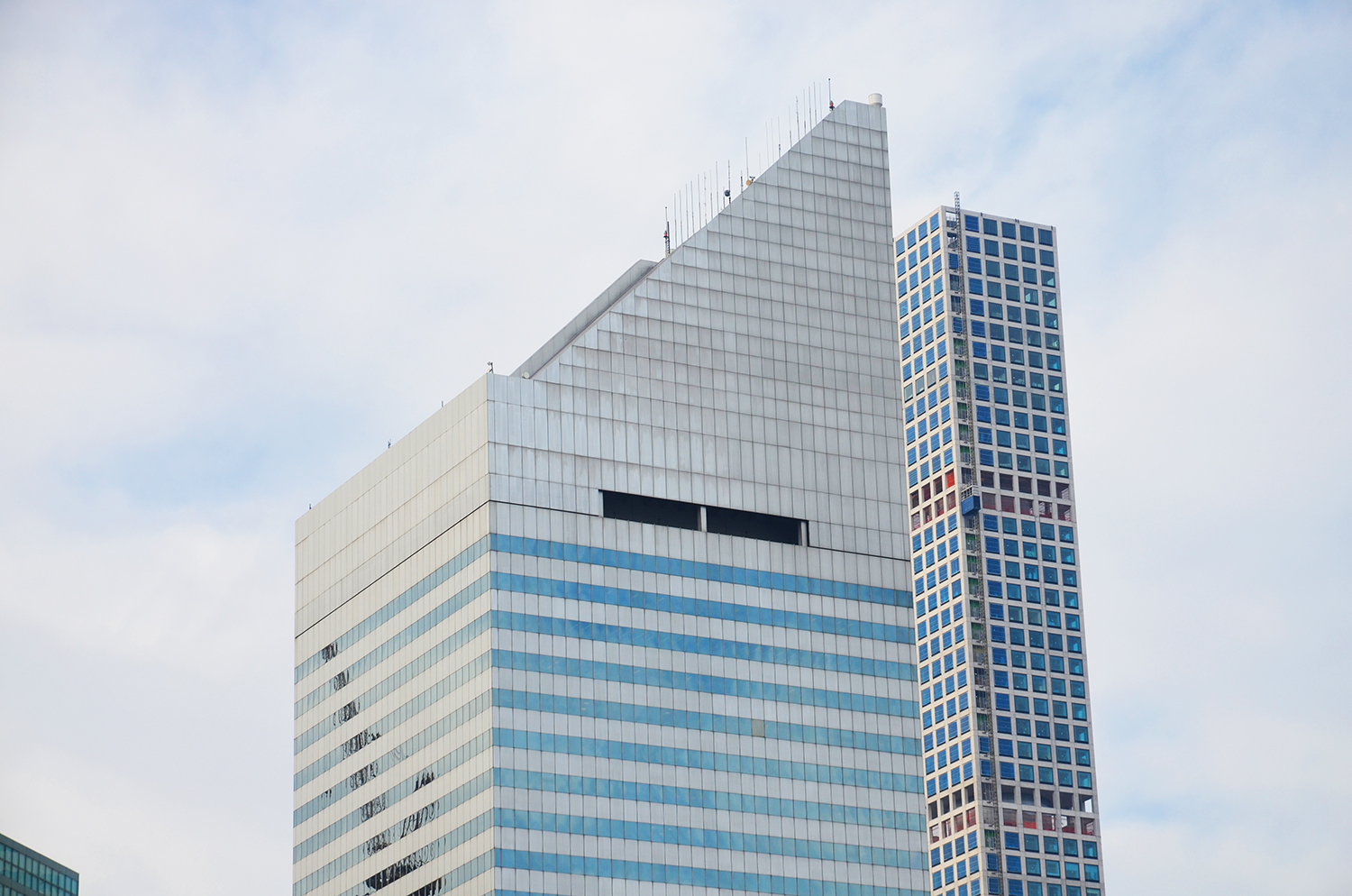
The former Citicorp Center (aka Citigroup Center) at 601 Lexington Avenue as seen in December 2015. Photo by Evan Bindelglass.
The design was by Hugh Stubbins & Associates, with Emery Roth & Sons. Construction took place between 1973 and 1978, making it the only item from the post-Grand Central Terminal era. No vote was held because the LPC is continuing to do research for the designation report. A vote is expected by the end of the year.
Subscribe to the YIMBY newsletter for weekly updates on New York’s top projects
Like YIMBY on Facebook, too!
Subscribe to YIMBY’s daily e-mail
Follow YIMBYgram for real-time photo updates
Like YIMBY on Facebook
Follow YIMBY’s Twitter for the latest in YIMBYnews

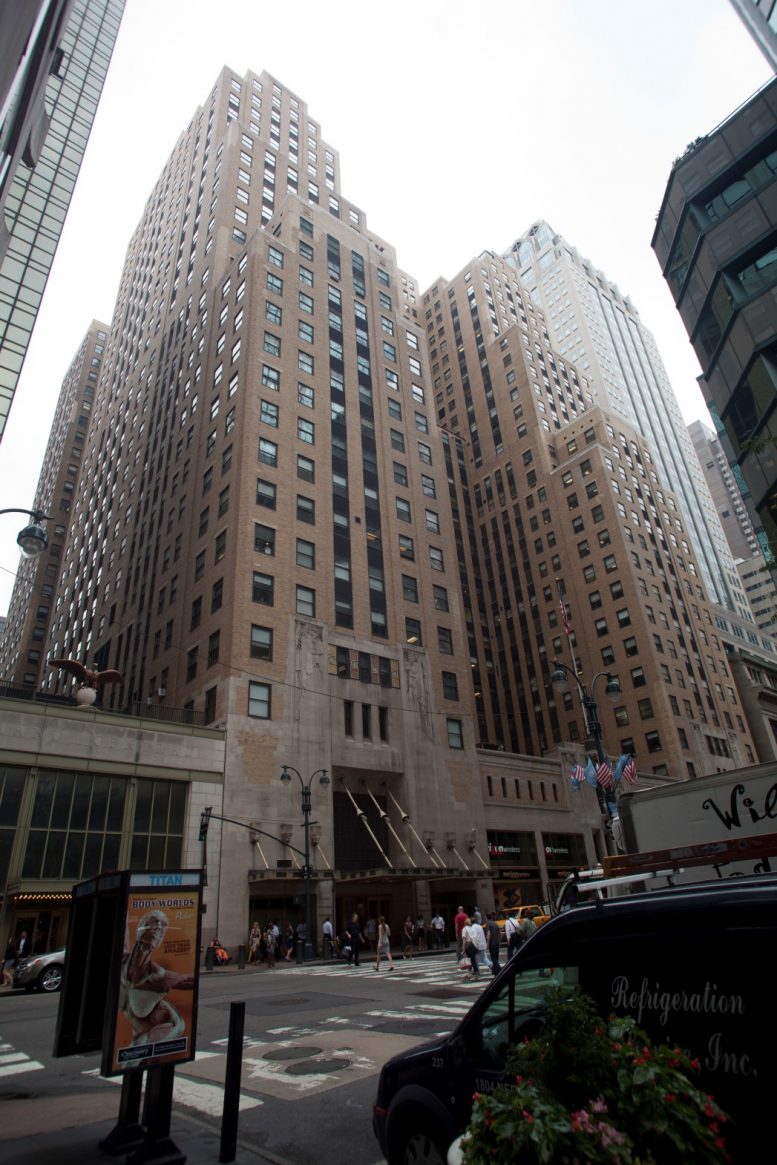
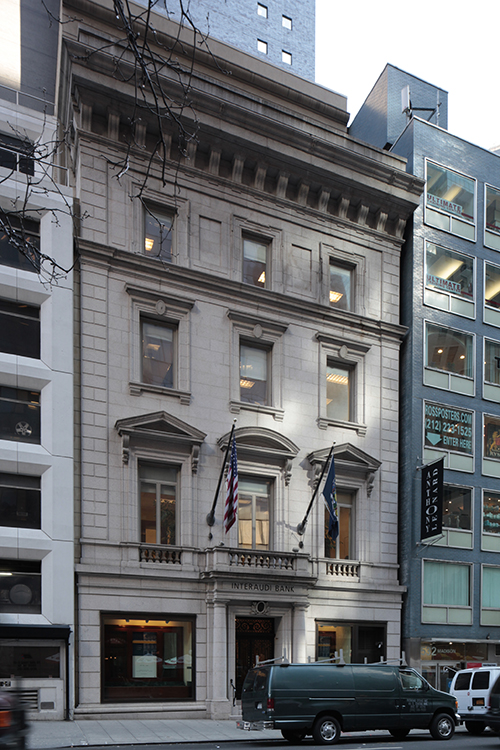
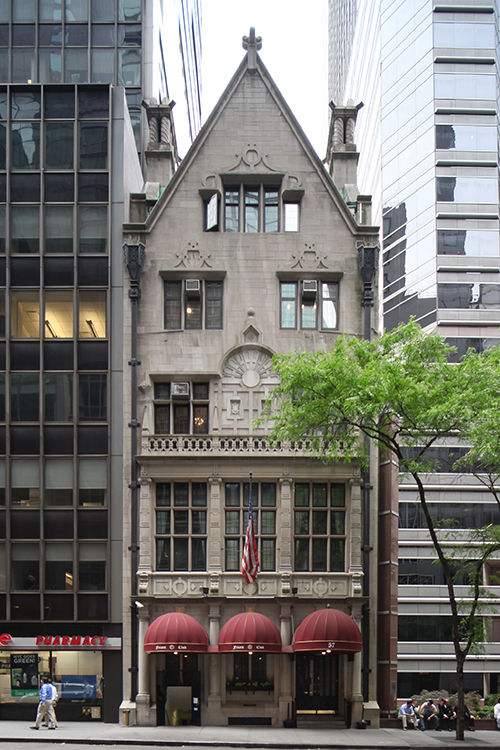
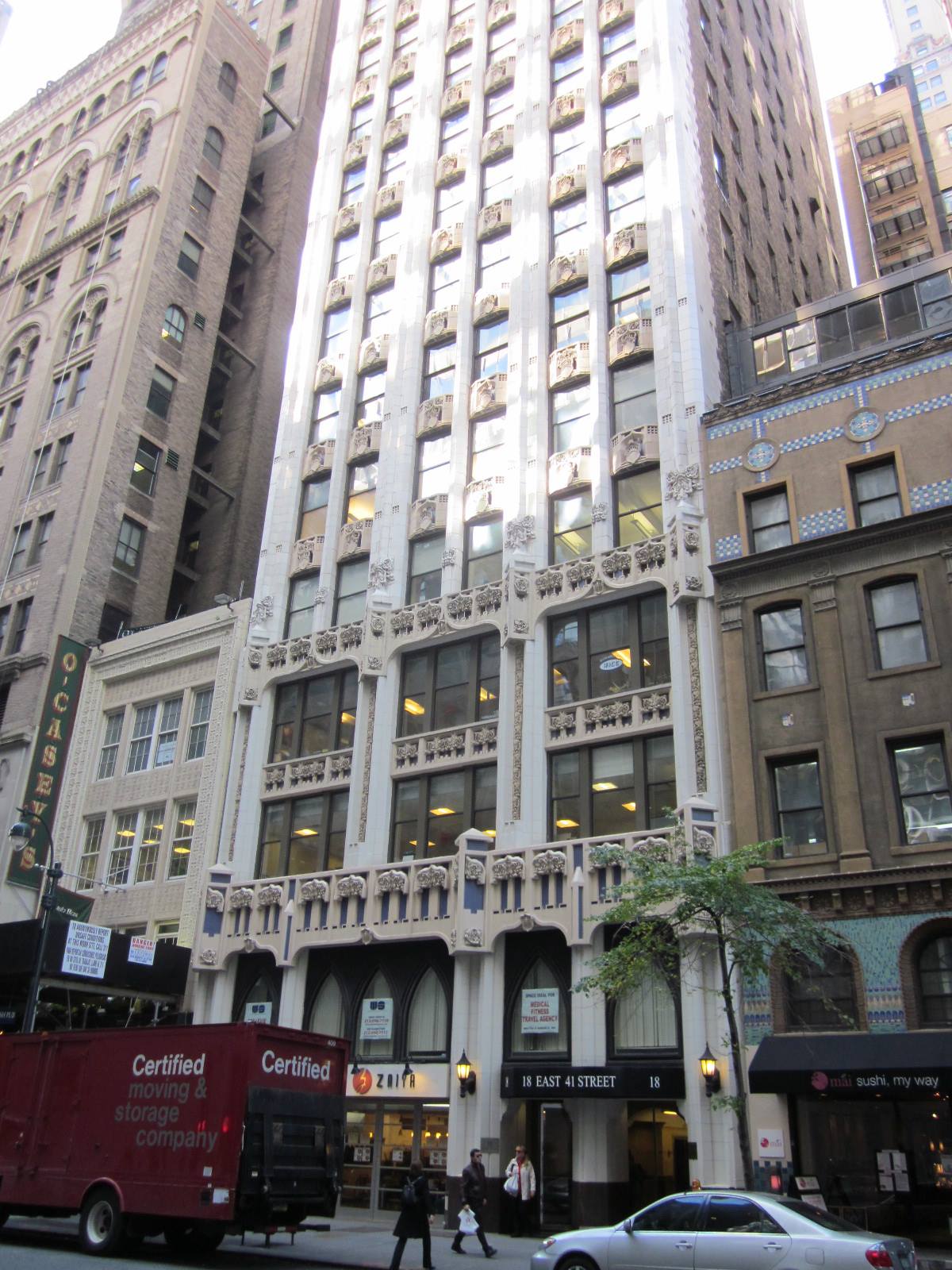
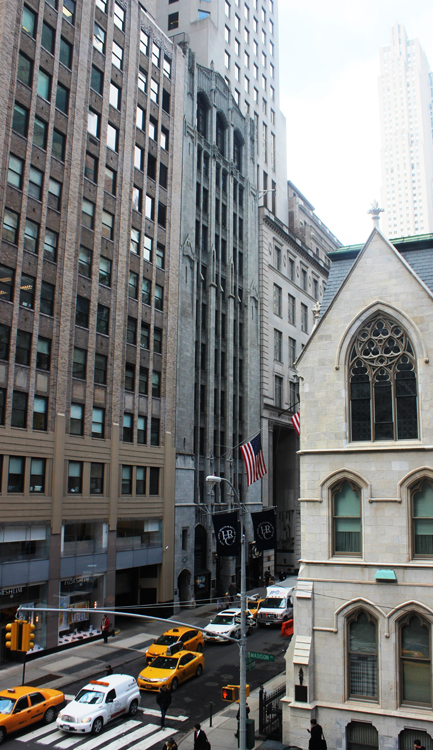
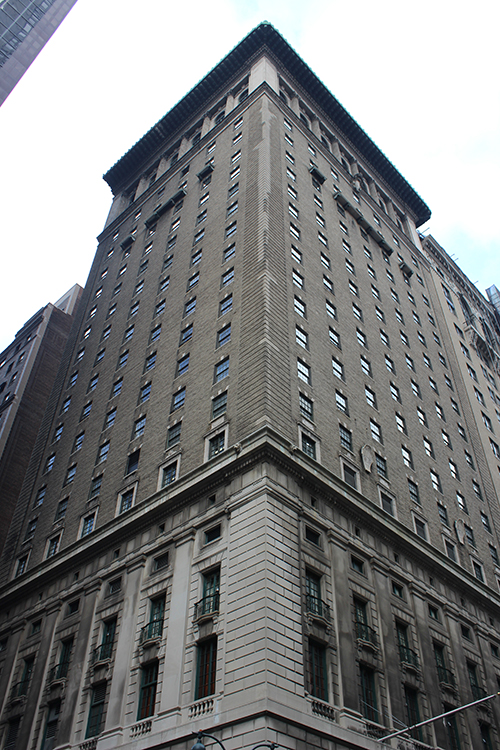
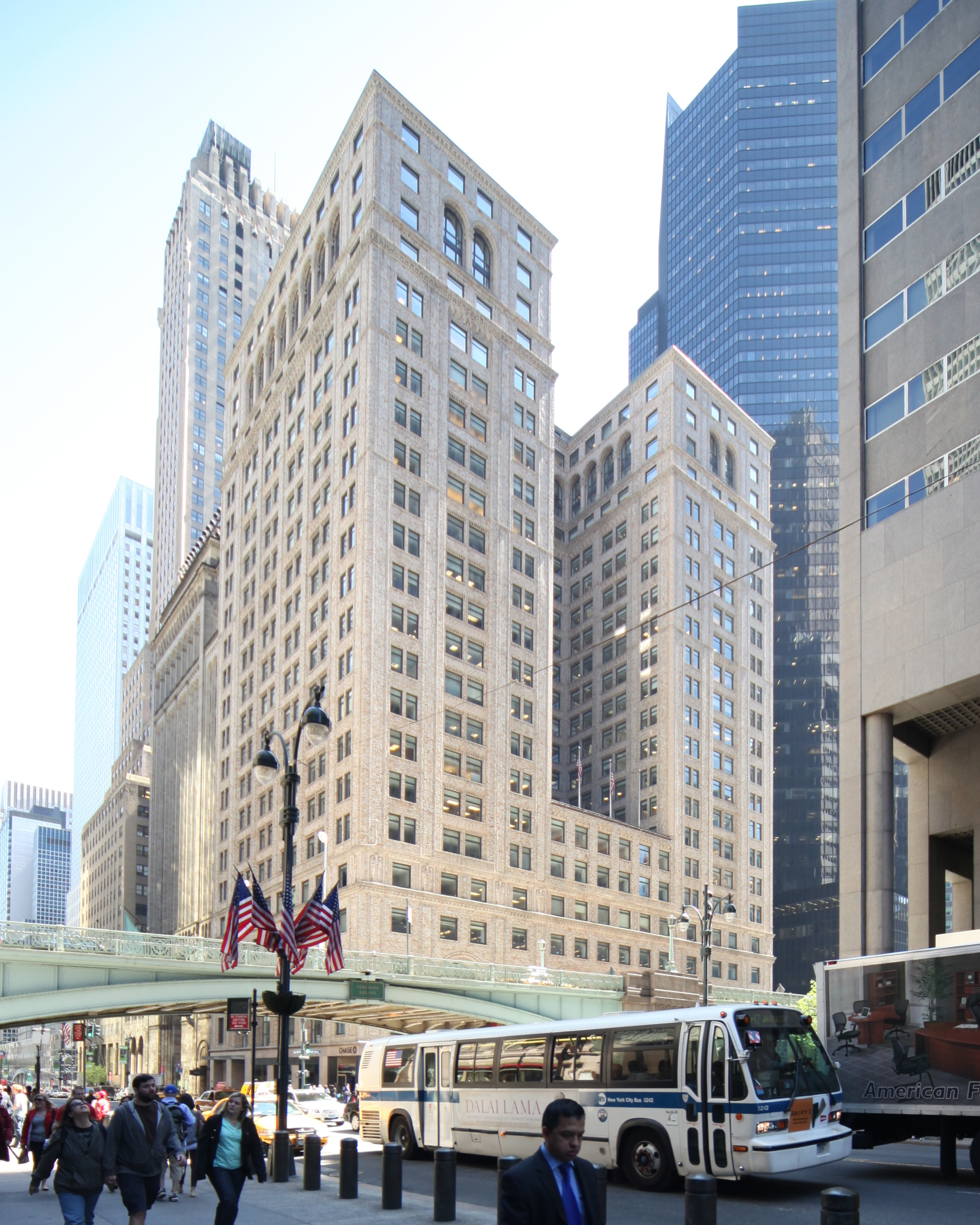
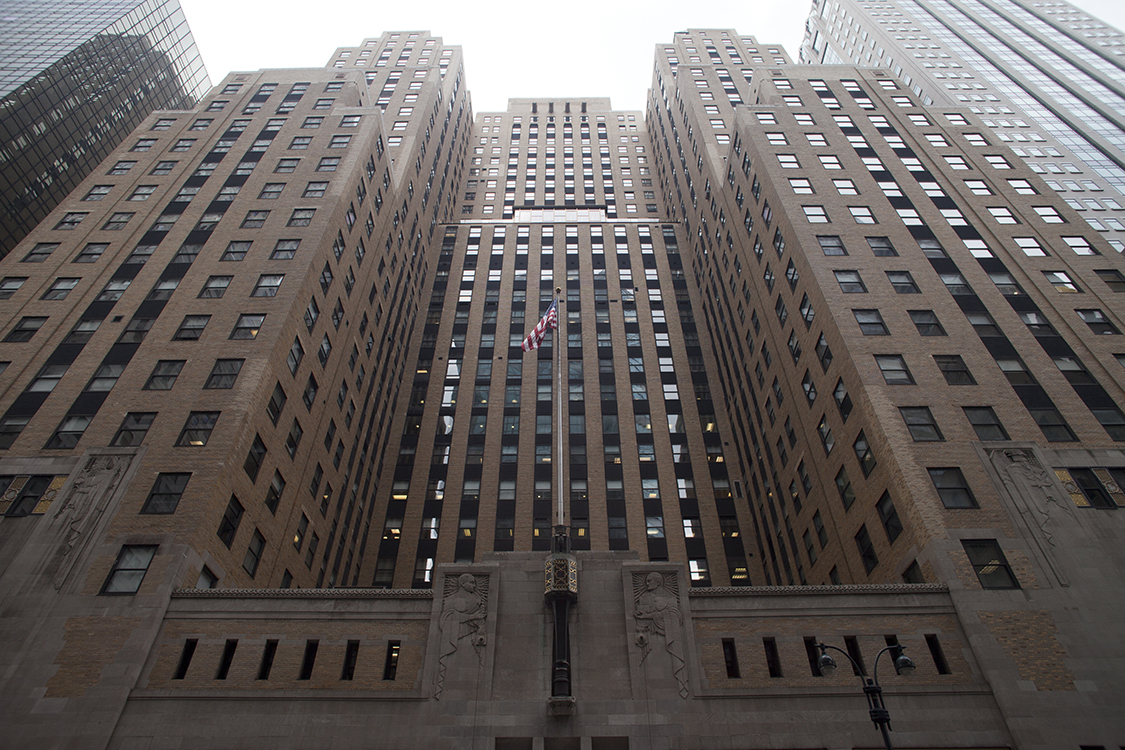
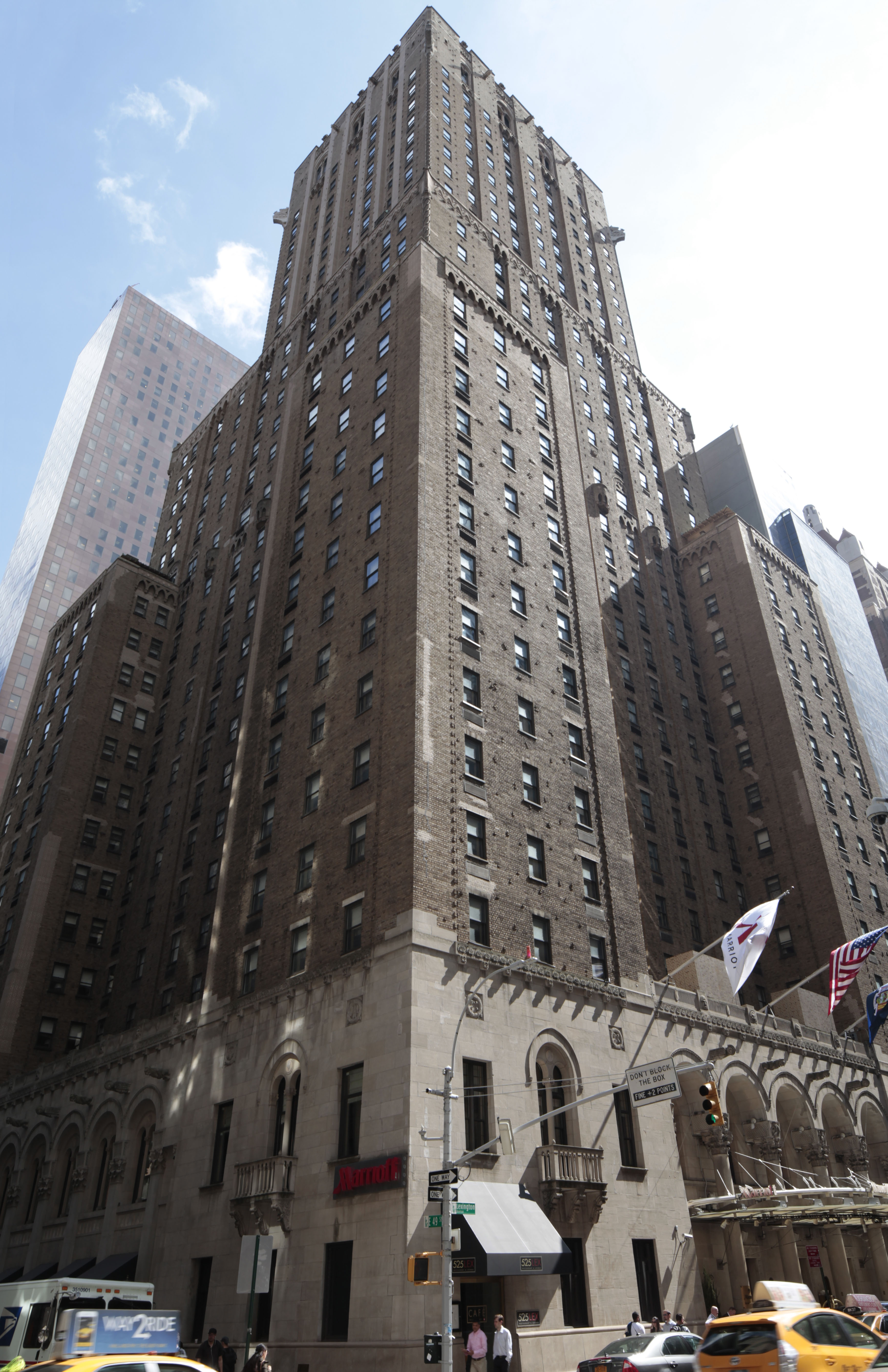
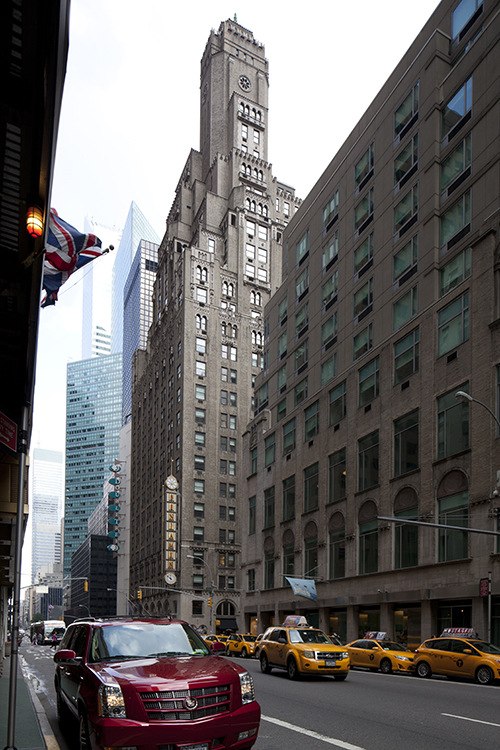
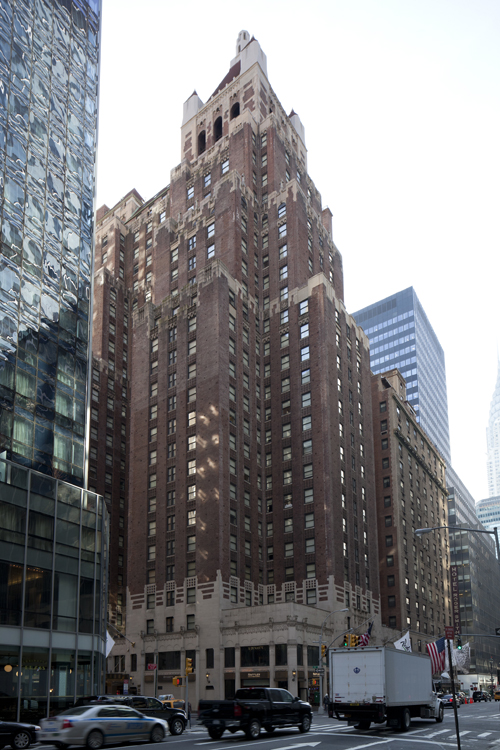
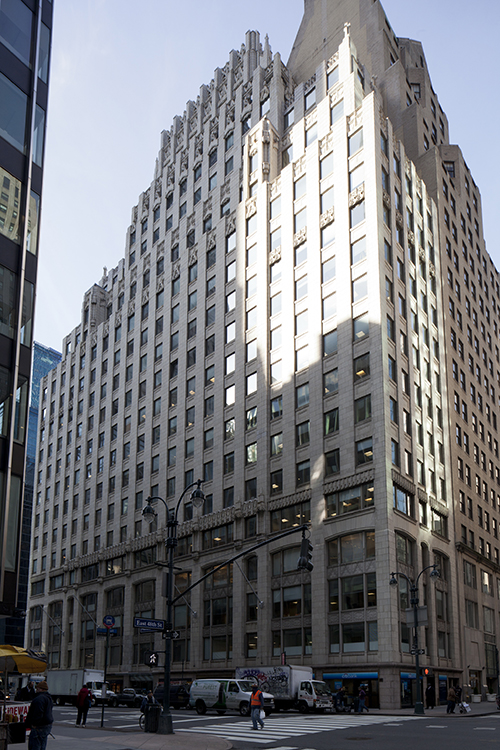
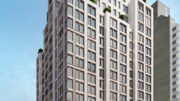
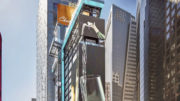
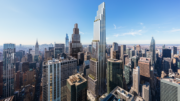

Not one but eleven new landmarks in, Midtown East with desire on different designs years after years.
There should not even be a question about Citicorp Center. Although “new” and far from in danger of being torn down it was a ground breaking building when it was completed in 1977 with its iconic shape, fantastic open-to -the public indoor atrium (though sadly now with its flagship Barnes and Noble and several eateries empty it is a bit quiet) and the sunken plaza with one of the most welcoming subway entrances anywhere in Manhattan.
Nice article anyway with historical significance for most iconic prewar towers in great Grand Central neighborhood, plus of course modern yes, but now iconic Citicorp Center, the one of the most significant modern buildings in America!!! How about another 59 story, the famous Panam Building, in Italian Pirelli style, former is 33 floors only and located in Milan!!!
By the way, the design for New Vanderbilt One, Tower is pretty looks like a variety of another One Bryant Park for BoA, former one is 54 story high and 954 feet without spire, to give total 1200 feet. While the New One Vanderbilt tower is 67 or 58 stories high, and 1404 feet high, is a top floor or with spire? Also misinformation about this tower on Wikipedia showing this as top as 1554 feet high, 4 feet taller than Central Park Tower on East 57 and Broadway, who claims 130 floors there by commercial purpose. But anyway, this tower like a really nice couterpart for Bank of America Bryant Park Tower, if you looking on it from located just behind Public Library grassy field. Same neomodernist design. Just difference in number of floors. Anyway it’s not bad addition to neighborhood, if they built just this one, but it would be so sad if they “modernise” the Panam Building, it’s on all 1970s-1990s postcards showing the Midtown Business District skyline, I would even say it’s a 1960s Chrysler Building of midcentury Modernism!!!
Panam and Citicorp Center must be preserved too, also Black monolith of 1980s 42 stories, two towered office building complex, located on Park Avenue, just 2 blocks to south of Grand Central Terminal!!!
2 blocks South from Grand Central Terminal on the corner of West 40th and Park Avenue. Also made mistake for Central Park Tower location, it’s a West, not East 57th Street, but anyway is the actually on the corner of Broadway. So, many office towers under construction, if there enough of market for this?
Good to see a number of Grand Central era buildings being listed, midtown is becoming too generic “could be anywhere” glass and steel. I’m puzzled why the Roosevelt Hotel is not included – it’s the only survivor of the big 3 Terminal Hotels still basically in it’s original state (The bedrooms could easily be modernized to bring it up to date)